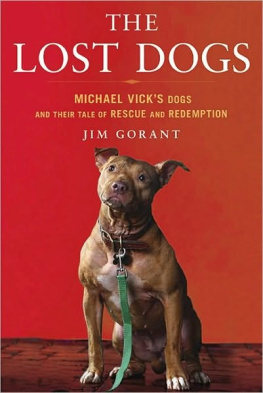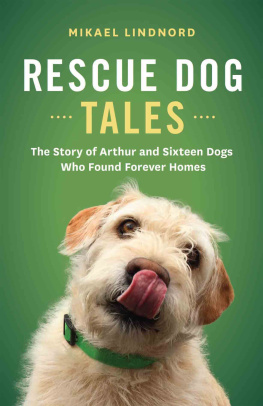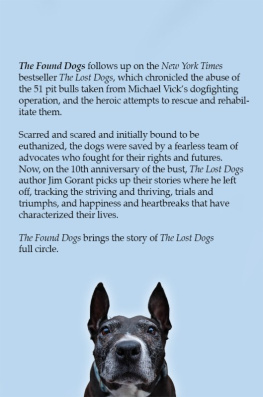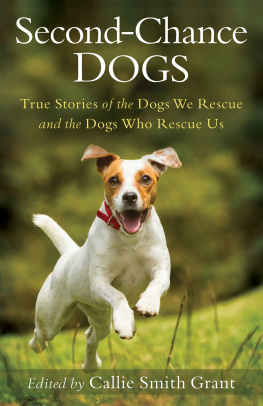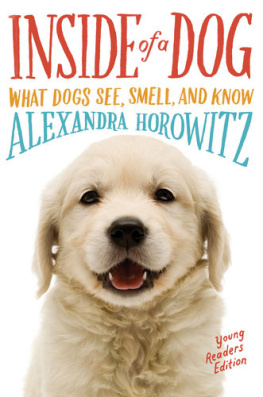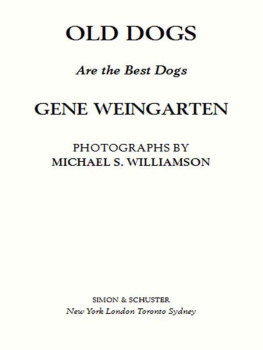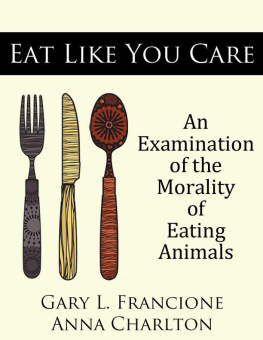Table of Contents

GOTHAM BOOKS
Published by Penguin Group (USA) Inc.
375 Hudson Street, New York, New York 10014, U.S.A.
Penguin Group (Canada), 90 Eglinton Avenue East, Suite 700, Toronto, Ontario M4P 2Y3, Canada (a division of Pearson Penguin Canada Inc.); Penguin Books Ltd, 80 Strand, London WC2R 0RL, England; Penguin Ireland, 25 St Stephens Green, Dublin 2, Ireland (a division of Penguin Books Ltd); Penguin Group (Australia), 250 Camberwell Road, Camberwell, Victoria 3124, Australia (a division of Pearson Australia Group Pty Ltd); Penguin Books India Pvt Ltd, 11 Community Centre, Panchsheel Park, New Delhi110 017, India; Penguin Group (NZ), 67 Apollo Drive, Rosedale, North Shore 0632, New Zealand (a division of Pearson New Zealand Ltd); Penguin Books (South Africa) (Pty) Ltd, 24 Sturdee Avenue, Rosebank, Johannesburg 2196, South Africa
Penguin Books Ltd, Registered Offices: 80 Strand, London WC2R 0RL, England
Published by Gotham Books, a member of Penguin Group (USA) Inc.
First printing, September 2010
Copyright 2010 by Jim Gorant
All rights reserved
Gotham Books and the skyscraper logo are trademarks of Penguin Group (USA) Inc.
LIBRARY OF CONGRESS CATALOGING-IN-PUBLICATION DATA
Gorant, Jim.
The lost dogs : Michael Vicks dogs and their tale of rescue and redemption / Jim Gorant.
p. cm.
Includes bibliographical references and index.
eISBN : 978-1-101-46233-1
1. Dog rescueVirginiaSmithfieldAnecdotes. 2. Animal welfareUnited States. 3. Pit bull terriersVirginiaSmithfieldAnecdotes. 4. Vick, Michael, 1980- I. Title.
HV4746.G67 2010
636.0832dc22
2010019125
Set in Adobe Garamond Pro
Without limiting the rights under copyright reserved above, no part of this publication may be reproduced, stored in or introduced into a retrieval system, or transmitted, in any form, or by any means (electronic, mechanical, photocopying, recording, or otherwise), without the prior written permission of both the copyright owner and the above publisher of this book.
The scanning, uploading, and distribution of this book via the Internet or via any other means without the permission of the publisher is illegal and punishable by law. Please purchase only authorized electronic editions, and do not participate in or encourage electronic piracy of copyrighted materials. Your support of the authors rights is appreciated.
While the author has made every effort to provide accurate telephone numbers and Internet addresses at the time of publication, neither the publisher nor the author assumes any responsibility for errors, or for changes that occur after publication. Further, the publisher does not have any control over and does not assume any responsibility for author or third-party Web sites or their content.
Authors note: There are a few scenes in this book, particularly ones that re-create the lives of the dogs both before they were seized by the government and while they were living in shelters, that I obviously could not have witnessed or know firsthand. In those instances Ive made every effort to present as close to a true version of events as possible based on conversations with witnesses, dog behavior and dogfighting experts, law enforcement officials, and shelter workers and by making extrapolations from legal documents.
http://us.penguingroup.com
For Karin
INTRODUCTION

An article I wrote about the Michael Vick dogs appeared on the cover of the December 29, 2008, issue of Sports Illustrated . In the weeks after, the magazine received almost 488 letters and e-mails about the story and the dog pictured on the cover, the most we got in response to any issue for that entire year. By an overwhelming majority the letters were supportive, but there were some detractors.
My greatest fear was a flood of complaints from people with friends or loved ones that had been injured or lost to pit bull attacks, but there were remarkably few of those. Most of the complainers fell into two groups. The first asked, What does this have to do with sports? A fair question, if you take the narrowest view of the subject. If all you want from your subscription are games and players and straight-up analysis, then thats a legitimate gripe. I would argue, however, that what defines Sports Illustrated and has set it apart for more than fifty years are well-told stories that attempt to put sports into a larger perspective, to offer a deeper and broader view of how the people and events in question reflect and contribute to the larger social and moral makeup of our society. To each his own, I suppose.
The second complaint was more troubling. In its simplest incarnation it usually went something like this: Why does it matter, theyre just dogs? The more verbose in this camp might elaborate: People are dying and starving every day and weve got bigger problems. No one cares if you kill cows or chickens or hunt deer. Whats different about dogs?
What is different about dogs? I had not directly addressed the question in the article. On some level it seemed obvious to me, but at the same time I couldnt put a satisfying answer to words. As I started work on this book, the question hung over my head. As I was interviewing experts, reading books on canine history and behavior, touring shelters, and talking to dog lovers, I processed a lot of the information through the prism of that question.
The answer, cobbled together from all those readings and conversations, took me back to the beginning. Men first domesticated dogs more than ten thousand years ago, when our ancestors were hunting for their meals and sleeping next to open fires at night. Dogs were instant helpers in our struggle for survival. They guarded us in the dark and helped us find food by day. We offered them something, too, scraps of food, some measure of protection, the heat of the flames. In an article about the origin of dogs that ran in the New York Times in early 2010, one expert on dog genetics theorized that dogs could have been the sentries that let hunter-gatherers settle without fear of surprise attack. They may also have been the first major item of inherited wealth, preceding cattle, and so could have laid the foundations for the gradations of wealth and social hierarchy that differentiated settled groups from their hunter-gatherer predecessors.
Certainly, as man rose in the world, dogs came with us, perhaps even aiding the advance. They continued to guard us and help with hunting, but they did more. They marched with armies into war, they worked by our side, hauling, pulling, herding, retrieving. We manipulated their genetic makeup to suit our purposes, crossbreeding types to create animals that could kill the rats infesting our cities or search for those lost in the snow or the woods.
In return we brought them into our homes, made them part of our families. We offered them love and companionship, and they returned the gesture. From the start it was a compact: You do this for us and well do that for you.
Our relationship with dogs has always been different than it has been with livestock or wildlife. The only other animal that comes close is the horse, which has undoubtedly been a partner in our evolution and a companion. But a horse cant curl up at the bottom of your bed at night, and it cant come up and lick your face when youre feeling down. Dogs have that ability to sense what were feeling and commiserate. Theres a reason theyre called mans best friend.
Next page
